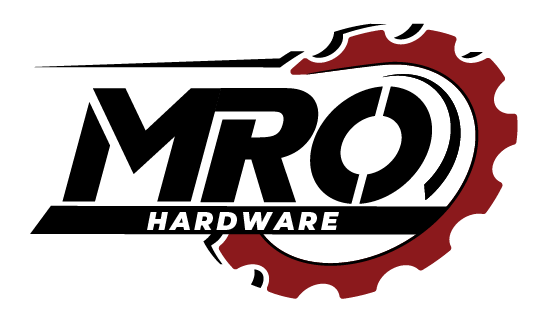
Artificial Intelligence (AI) is set to revolutionize the manufacturing sector, introducing unprecedented efficiencies and transforming how products like fasteners, hinges, and latches are produced. As AI technology continues to evolve, it promises to refine production processes, enhance quality control, and optimize supply chains. However, while AI brings numerous benefits, it also poses challenges that could impact the workforce and operational protocols. This article explores both the positive and negative impacts of AI in the manufacturing of fasteners, hinges, and latches, providing a comprehensive outlook on its future role.
Enhancing Production Processes
AI’s most significant impact in manufacturing is its potential to streamline production lines. For manufacturers of fasteners, hinges, and latches, AI can automate complex assembly processes that traditionally require high precision and can be time-consuming. Robots equipped with AI can perform tasks such as sorting, assembling, and packaging with higher accuracy and speed than human workers. This not only boosts productivity but also reduces the margin of error, leading to higher quality products.
Improved Quality Control
AI technologies like machine learning algorithms and computer vision can significantly enhance quality control in manufacturing. By analyzing thousands of images of finished products, AI systems can learn to detect even the slightest deviations or defects that might escape human inspection. For example, in the production of hinges, AI can ensure that each piece meets exact specifications for size, shape, and functionality, thereby reducing waste and increasing customer satisfaction.
Supply Chain Optimization
AI can transform supply chain management by predicting fluctuations in demand and supply, thereby helping manufacturers of fasteners, hinges, and latches adjust production schedules and inventory levels accordingly. Predictive analytics can forecast component shortages or identify delays from suppliers in real-time, enabling more agile responses. This capability not only minimizes downtime but also supports a more streamlined inventory system, reducing overstock and shortages.
Potential Drawbacks
Despite these benefits, the integration of AI in manufacturing is not without its challenges. One significant concern is job displacement. As AI-driven robots take over assembly tasks, there is a potential reduction in the need for human labor, which could lead to job losses in the sector. Additionally, the high cost of implementing AI technology can be a barrier for smaller manufacturers, potentially widening the gap between large and small enterprises.
Conclusion
The integration of AI into the manufacturing processes for fasteners, hinges, and latches marks a significant shift towards more efficient, precise, and cost-effective production. While AI offers numerous advantages, such as enhanced quality control and supply chain management, it also presents challenges, including potential job displacement and high implementation costs. Moving forward, it will be crucial for the industry to balance these factors, leveraging AI to improve processes while also considering the broader impact on the workforce and smaller businesses. As we navigate these changes, AI’s role in manufacturing will undoubtedly continue to grow, shaping the future of the industry in profound ways.

